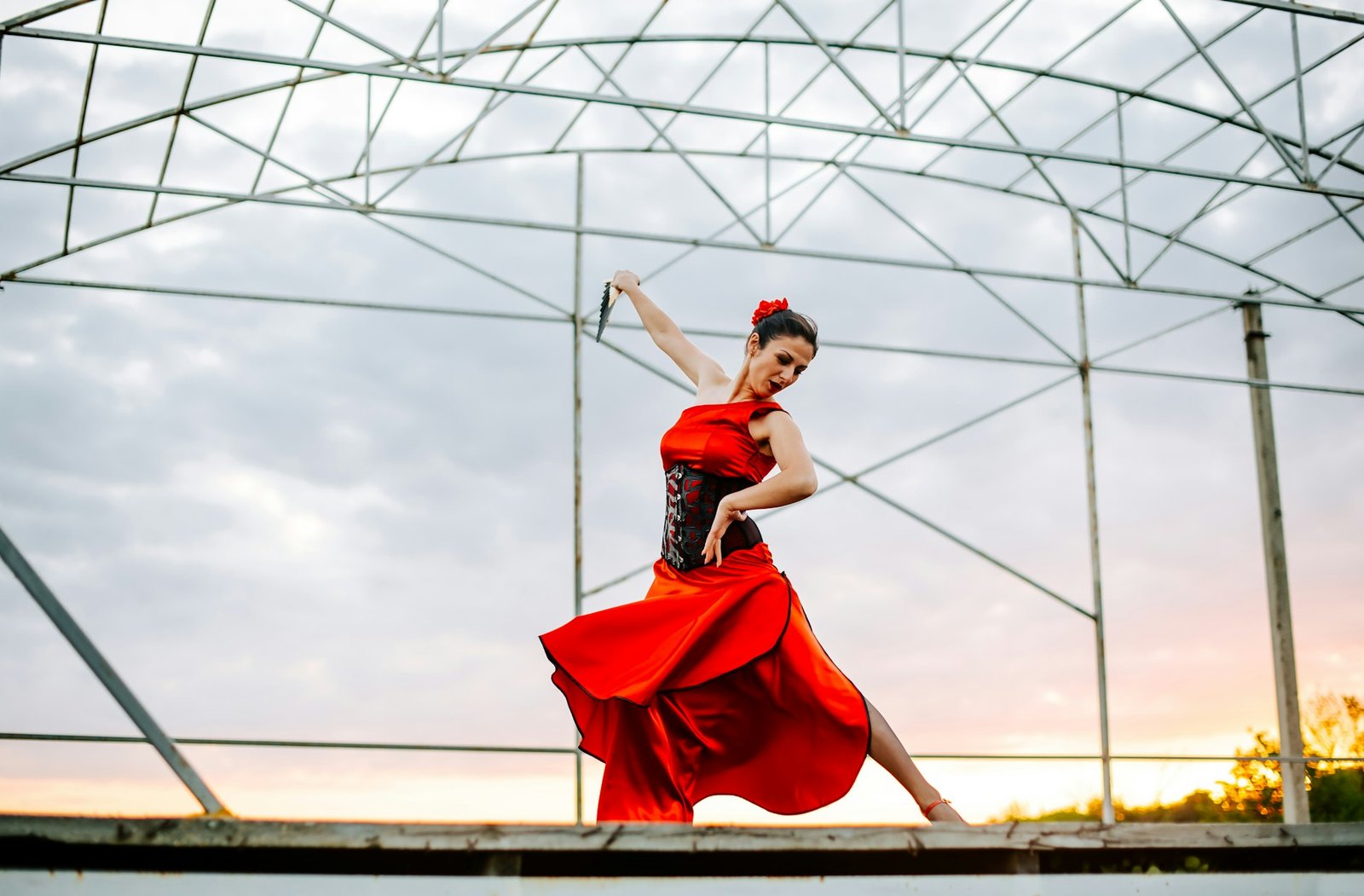Performance anxiety doesn’t always wait for a stage or a big test. Sometimes, it sneaks into parts of the day that are supposed to feel easy. A quick dinner with friends. Answering group texts. Showing up at a birthday party. These moments can take on a lot of pressure when the stakes aren’t clear but still feel high. We start asking ourselves how we came across, whether we said something strange, or if we looked uncomfortable. The pressure to “get it right” in social situations can start to feel constant.
Working with a performance anxiety therapist can help when these patterns begin affecting how we connect with others. And in Oregon, as fall settles in, this pressure can intensify with more group events and shifting routines. It’s not about avoiding people or events. It’s about making sense of where these stress signals come from and finding ways to respond that feel a little more grounded.
When Hanging Out Feels Like a Performance
It’s one thing to get nervous during a formal moment like giving a speech. It’s another thing entirely to feel that same tightness during a coffee meetup or while scrolling through a group chat. For people dealing with this kind of anxiety, it often feels like there’s always an audience, even in ordinary moments.
Basic social situations can start feeling like silent evaluations. Is my joke landing? Did I respond fast enough in the group thread? Should I have waved longer when I passed that friend? These questions might spiral long after the interaction ends. Emotional and physical changes show up too—hearts racing over what felt like “nothing,” tension in the shoulders, trouble focusing because the mind is stuck on analyzing replay after replay.
Even when no one notices anything off, the internal chatter keeps running. People start feeling like they’re performing all the time, not just speaking in front of a crowd, but in every conversation.
Fall Gatherings and Social Triggers
Late October brings the kind of seasonal rhythm that used to feel familiar but now might stir up more anxiety than comfort. Holiday events, family visits, school gatherings, and local happenings across Oregon start stacking up fast. While lots of people look forward to these moments, they can trigger anxious thoughts before they even show up on the calendar.
Shorter days, darker evenings, and temperature changes shift routines without much warning. What used to be a simple walk after dinner now feels harder with less daylight. Busy group settings can feel chaotic. Quiet conversations are harder to have when parties are louder. And expectations that come with the holidays—like dressing a certain way, chatting with distant relatives, or joining in games—can charge the whole event with hidden pressure.
Many don’t notice these small triggers until they pile up. And then, suddenly, it feels like social plans come with a long list of worries attached. We may not even realize that we’re dreading the event until our body starts showing signs, like feeling tightly wound for no clear reason.
The Snowball Effect: Avoidance and Overthinking
Skipping one event can feel like a necessary break—until it becomes a habit. People often cancel for “just this one” hangout, thinking it’ll help reset their nerves. But then the next invite comes, and the same fog of stress blocks action. It starts looking safer to stay home than risk more discomfort.
And it’s not just avoidance. Overthinking kicks in too. That conversation from the group dinner? It replays before bed. That awkward silence on a phone call? It loops during a slow walk. These thoughts don’t show up as powerful emotions at first. They arrive quietly and keep circling.
The longer this cycle goes on, the harder it can be to break. Eventually, the fear of messing up socially feels more real than the connection missed by not showing up. If left alone, the routine of ducking out and questioning every exchange can linger long after the season ends.
Why Practicing Connection Can Help
Performance anxiety doesn’t usually go away by forcing bold moves. But small, thoughtful steps can build real change. One of the most useful shifts is focusing less on saying the right thing and more on being present.
This might mean joining a gathering with just one trusted friend instead of the whole group. Or deciding to stay for ten minutes longer than usual and noticing how that feels. Other times, it looks like listening more carefully instead of anxiously preparing how to reply. These small efforts can dial down the performance mindset.
Working with a performance anxiety therapist can help guide these moments by offering structure and space when the process feels messy. Support allows people to see which habits help and which ones feed the fear. Over time, the goal isn’t comfort without effort—it’s more comfort with less pressure to get everything perfect.
A Calmer Way to Join the Circle
When social life starts to feel like a spotlight, it helps to remember that every experience doesn’t need a score sheet. Group events, seasonal celebrations, and simple hangouts can still carry joy, even if the nerves come along too. It’s not about forcing confidence, but about staying curious about what throws us off and which parts of connection feel most supportive.
Change doesn’t have to start with huge leaps. It can begin with noticing. Noticing the way your stomach clenches before a gathering. Noticing that feeling of replaying a text you sent. Noticing patterns, gently, without judgment. That awareness is a powerful place to begin. When we stop measuring each interaction as a test, we start making space for something steadier to grow.
When social settings start to feel tense instead of enjoyable, working with a performance anxiety therapist can bring more clarity to what’s really getting in the way. At Mindful Mental and Behavioral Health PLLC, we support people across Oregon by helping them notice patterns that affect connection and find steady ways to show up with more ease.




